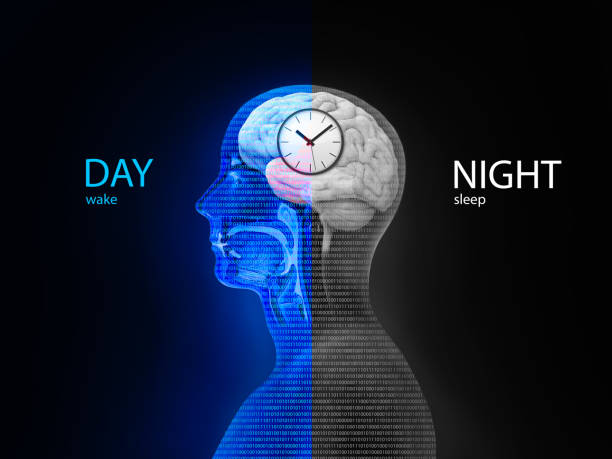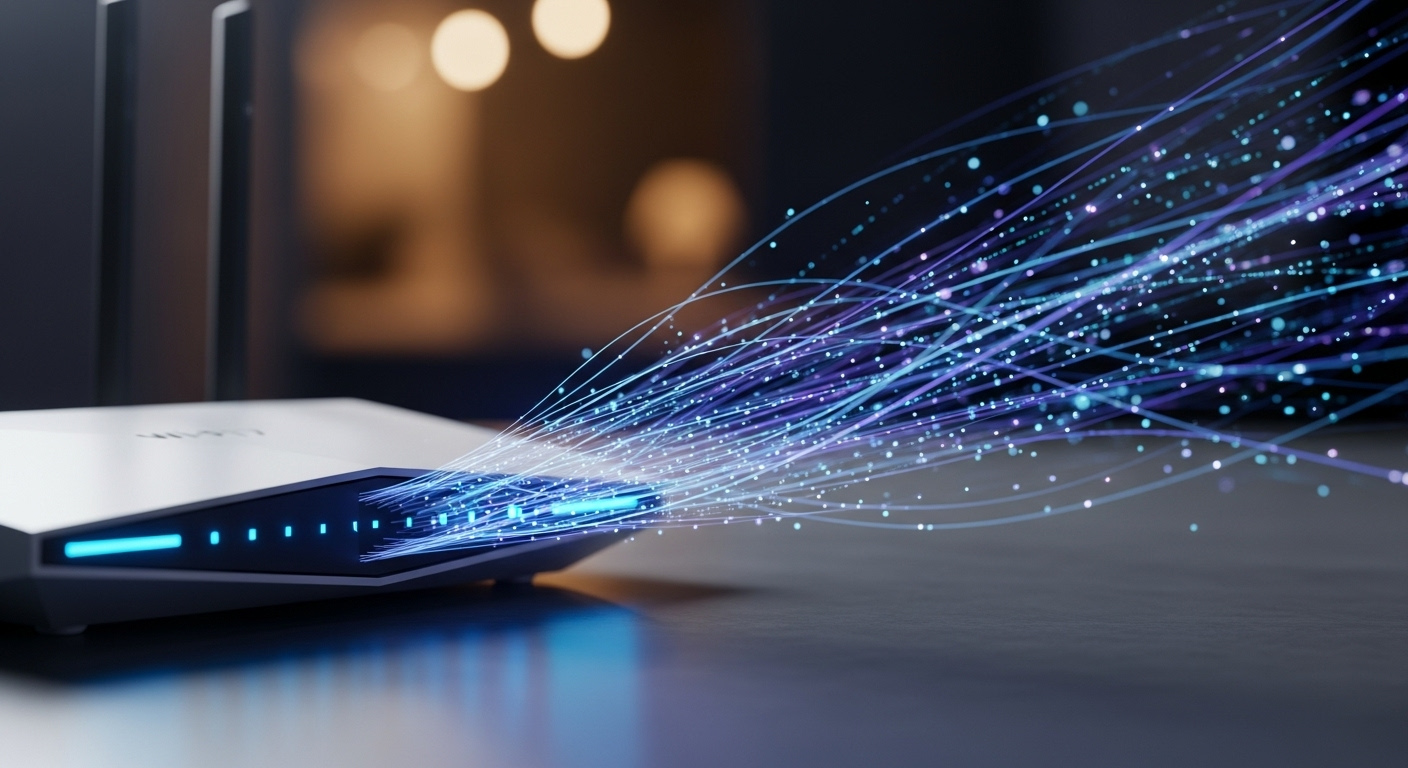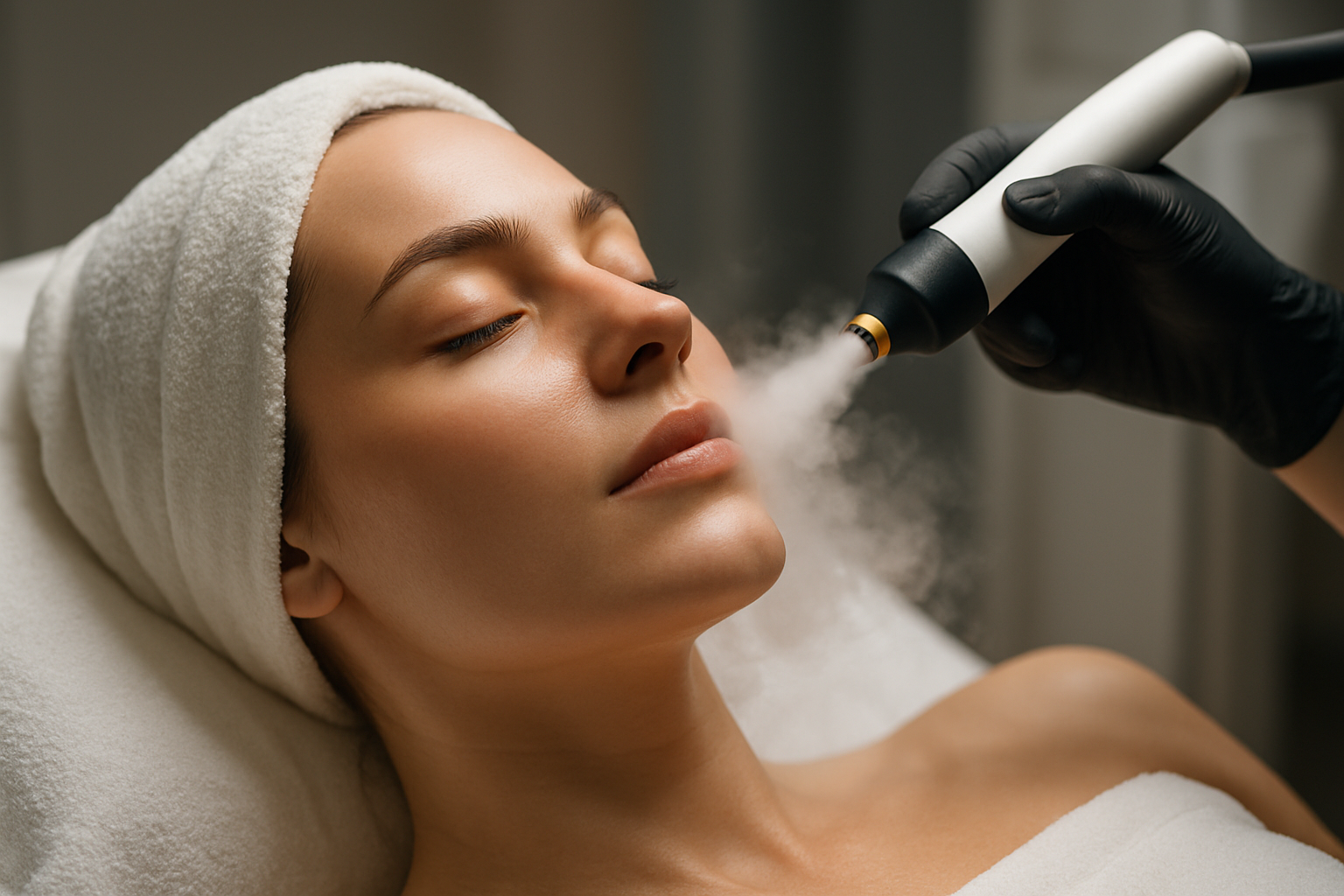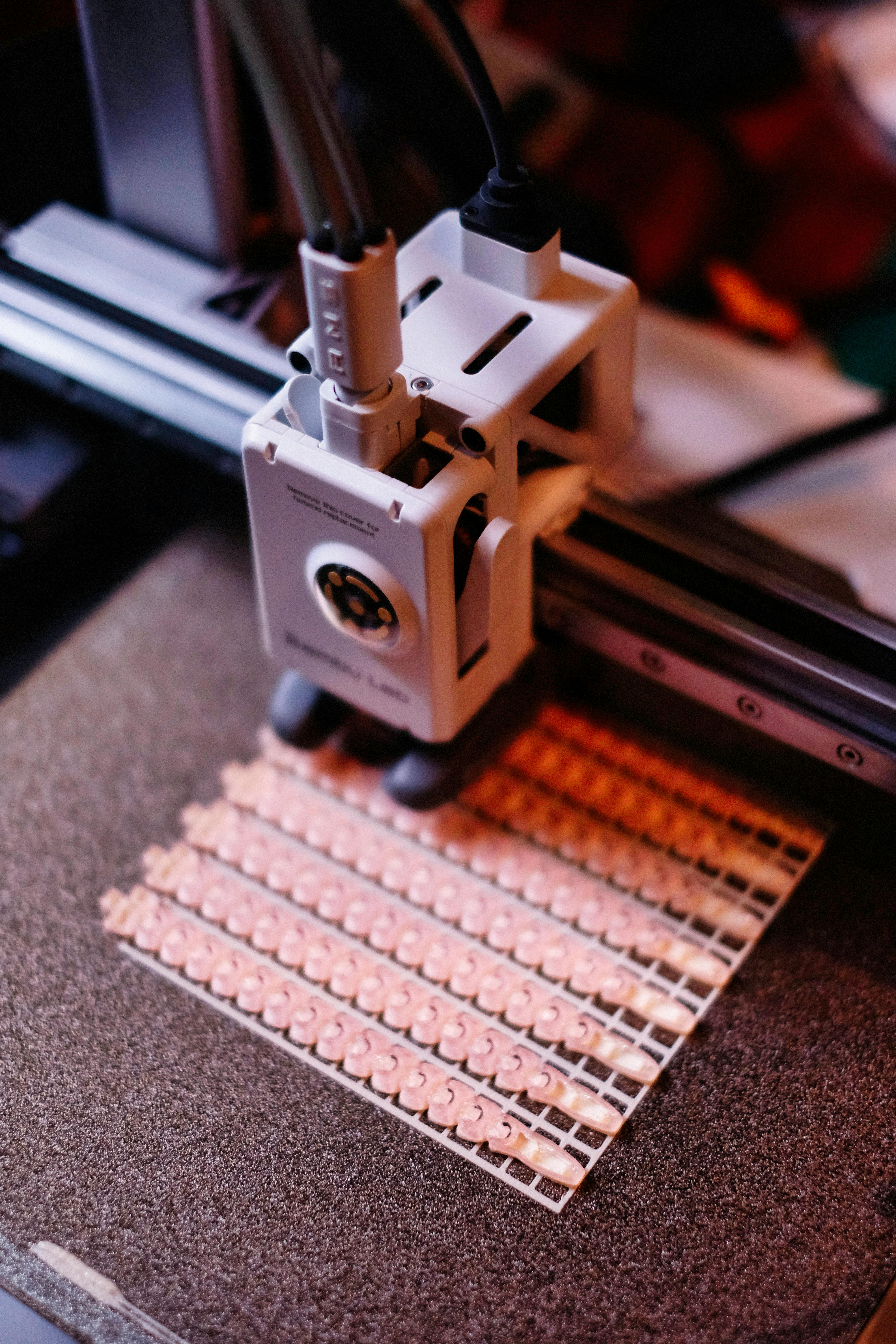Biohacking Your Circadian Rhythm: The Science of Light Therapy
Imagine waking up feeling refreshed, energized, and ready to conquer the day—without relying on caffeine or alarm clocks. What if you could optimize your sleep-wake cycle naturally, enhancing your overall health and productivity? Welcome to the world of circadian rhythm biohacking through light therapy, a cutting-edge approach to wellness that's transforming how we think about our daily routines and biological clocks.

The SCN receives light signals through our eyes, which then cascade into a series of biological responses. This light-dependent mechanism evolved over millions of years, syncing our ancestors’ activities with the natural day-night cycle. However, in our modern world of artificial lighting and screen time, this delicate balance has been disrupted, leading to a host of health issues.
The Light Revolution: More Than Just Illumination
Light therapy, also known as photobiology, is emerging as a powerful tool to realign our circadian rhythms. By strategically exposing ourselves to specific wavelengths of light at certain times of the day, we can effectively hack our internal clocks to optimize our health and performance.
Blue light, with wavelengths between 450-495 nanometers, has been shown to have the most significant impact on our circadian rhythm. Morning exposure to blue light can help suppress melatonin production, promoting alertness and setting the stage for a productive day. Conversely, limiting blue light exposure in the evening can facilitate the natural rise of melatonin, preparing our bodies for restful sleep.
Chronotypes: Your Personal Circadian Fingerprint
One size doesn’t fit all when it comes to circadian rhythms. Researchers have identified distinct chronotypes—individual variations in circadian preferences. These range from early birds (morning larks) to night owls, with many falling somewhere in between.
Understanding your chronotype is crucial for effective light therapy. For instance, night owls may benefit from bright light exposure later in the morning to help shift their sleep-wake cycle earlier. On the other hand, morning larks might need strategic light exposure in the evening to prevent premature sleepiness.
The Hardware of Light Therapy: Beyond the Lightbulb
The field of light therapy has given rise to innovative devices designed to hack our circadian rhythms. Light boxes, originally developed to treat Seasonal Affective Disorder (SAD), are now being used more broadly for circadian adjustment. These devices emit bright, full-spectrum light that mimics natural sunlight.
Wearable light therapy glasses are another exciting development. These futuristic-looking specs deliver precise doses of blue light directly to the eyes, allowing for targeted circadian manipulation even while on the move.
Smart lighting systems for homes and offices are also joining the circadian revolution. These systems can automatically adjust the color temperature and intensity of light throughout the day, mimicking the natural progression of sunlight and supporting healthy circadian rhythms.
Precision Timing: The Key to Effective Light Therapy
The timing of light exposure is critical in circadian rhythm biohacking. Morning light exposure, particularly within the first hour of waking, can help reset the circadian clock and improve sleep quality. This early light signals to the body that it’s time to be alert and active.
Evening light exposure requires a more nuanced approach. While some individuals may benefit from brief periods of bright light in the early evening to combat the post-work slump, it’s generally advisable to reduce blue light exposure 2-3 hours before bedtime. This allows for the natural rise of melatonin, promoting better sleep onset and quality.
Beyond Sleep: The Far-Reaching Impact of Circadian Alignment
The benefits of a well-tuned circadian rhythm extend far beyond improved sleep. Research has shown that circadian alignment can positively impact metabolic health, cognitive function, and even emotional well-being.
Studies have linked disrupted circadian rhythms to an increased risk of obesity, diabetes, and cardiovascular disease. By using light therapy to optimize our internal clocks, we may be able to mitigate these risks and improve overall metabolic health.
Cognitive performance, including memory, attention, and problem-solving skills, also shows a strong circadian component. Strategic light exposure can help enhance cognitive function during peak hours and mitigate the effects of circadian misalignment.
Illuminating Facts: Shedding Light on Circadian Health
-
The human circadian rhythm is slightly longer than 24 hours, averaging about 24.2 hours
-
Exposure to just 1 lux of light (equivalent to moonlight) can affect circadian rhythms
-
Blue light is 50% more effective at resetting the circadian clock compared to green light
-
Shift workers, who often experience chronic circadian disruption, have higher rates of certain cancers
-
The circadian system influences the effectiveness of many medications, potentially impacting drug efficacy and side effects
-
Plants also have circadian rhythms, which can be manipulated to improve crop yields
As we continue to unravel the complexities of our internal clocks, light therapy stands out as a powerful tool for optimizing health and well-being. By harnessing the science of circadian rhythms, we can illuminate a path to better sleep, enhanced productivity, and improved overall health. The future of wellness is bright, and it’s time to step into the light.





